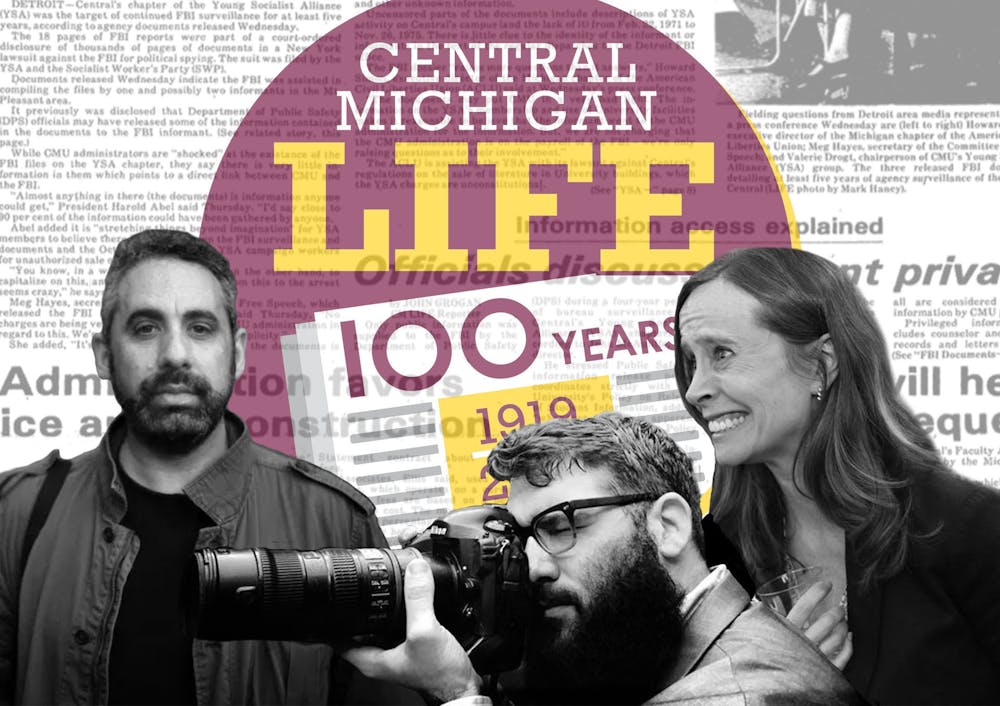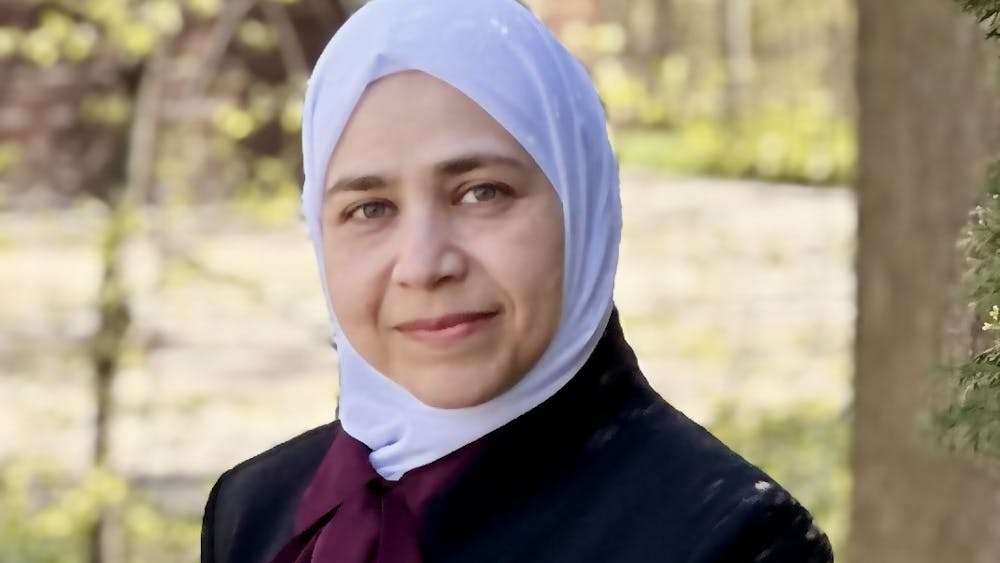From Pacemakers to Pulitzers: CM Life alumni reflect on Pulitzer Prize-winning stories
For many journalists, a Pulitzer Prize is considered to be the most coveted and sought-after award in one's career. Less than two dozen are awarded to journalists across the country each year.
Although hundreds have graduated from Central Michigan University with a journalism degree, only a few have gone on to win the prestigious Pulitzer Prize.
Four CMU alumni who have received a Pulitzer nomination spoke with Central Michigan Life about their award-winning stories, and how their time at the school newspaper helped shape their journalistic careers.
Portrayal of Chicago gun violence
As the city of Chicago saw a growing uptick of gun violence in 2016, Chicago Tribune photojournalist E. Jason Wambsgans responded by doing what he does best: Telling the stories of those who were affected.
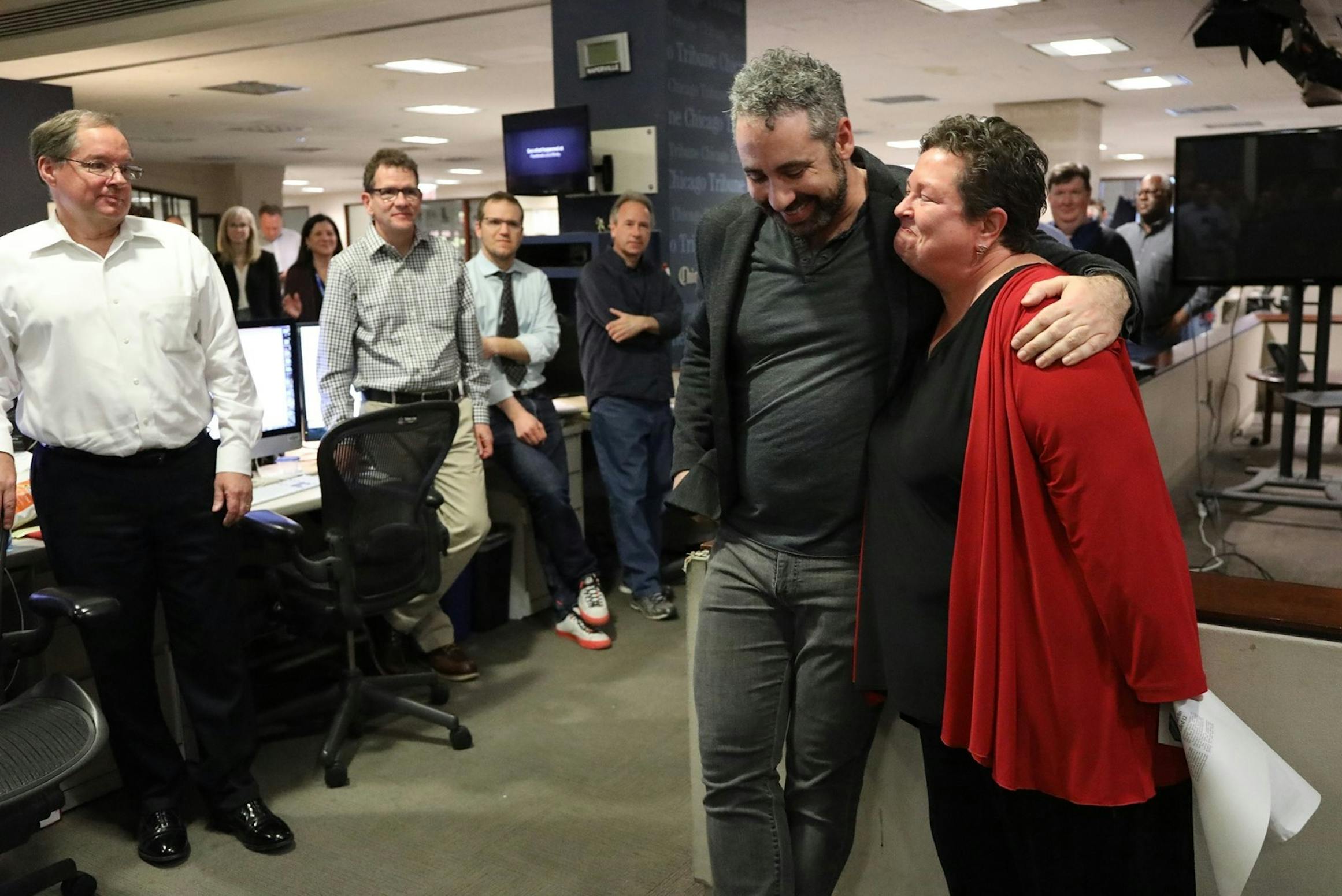
E. Jason Wambsgans finds out he has won a Pulitzer Prize for Feature Photography in 2017.
Wambsgans, a 1994 alumnus, won the 2017 Pulitzer Prize in feature photography for his portrayal of a 10-year-old boy and his mother, striving to put the boy’s life back together after he survived a shooting in Chicago.
The 11 award-winning, black-and-white photos tell the story of a young boy recovering from a bullet that had ripped through his pancreas, stomach, spleen, a kidney and his left lung before becoming lodged just below his shoulder.
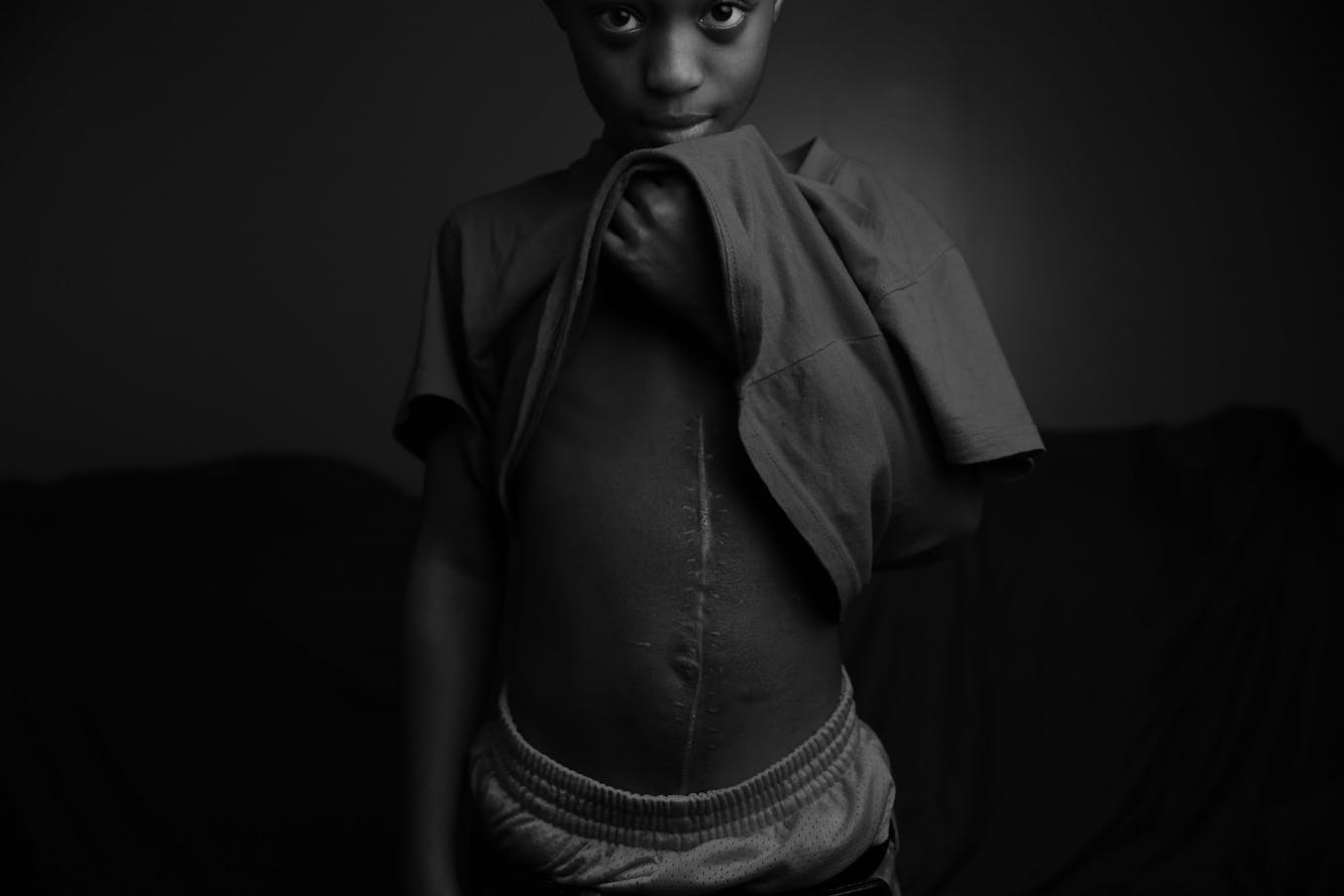
Courtesy Photo | Jason E. Wambsgans and the Chicago Tribune.
The journey of Wambsgans’ photo story began in 2016, as more children began to be involved in the shootings in Chicago. The photojournalist spent several months taking photographs and interviewing different children in the city that had been involved in the violence.
It wasn’t until he met 11-year-old Tavon Tanner in August 2016 that he found the subject he had been searching for.
"I just really connected with them and his whole family,” Wambsgans said. “He is a very beautiful and expressive person to photograph. We quickly connected in a way that is kind of rare for a photo subject in a situation like that."
Wambsgans spent several months with the young boy and his family, telling the story of Tavon and his rehabilitation. The photojournalist published the 11 photos in black-and-white, a decision he made to convey the severity of Tavon's condition and how the city's gun violence had taken a toll on his life, Wambsgans said.
"A lot of the way we’re presenting the overnight (gun violence crime), it’s this garish color; the city at night looks crazy with the blue-and-red police lights and it's really this jarring thing," Wambsgans said. "When I took pictures in that black and white way, there’s an emotional power to it. So, I ended up choosing this moody black and white and it really works well to convey Tevon’s emotional state."
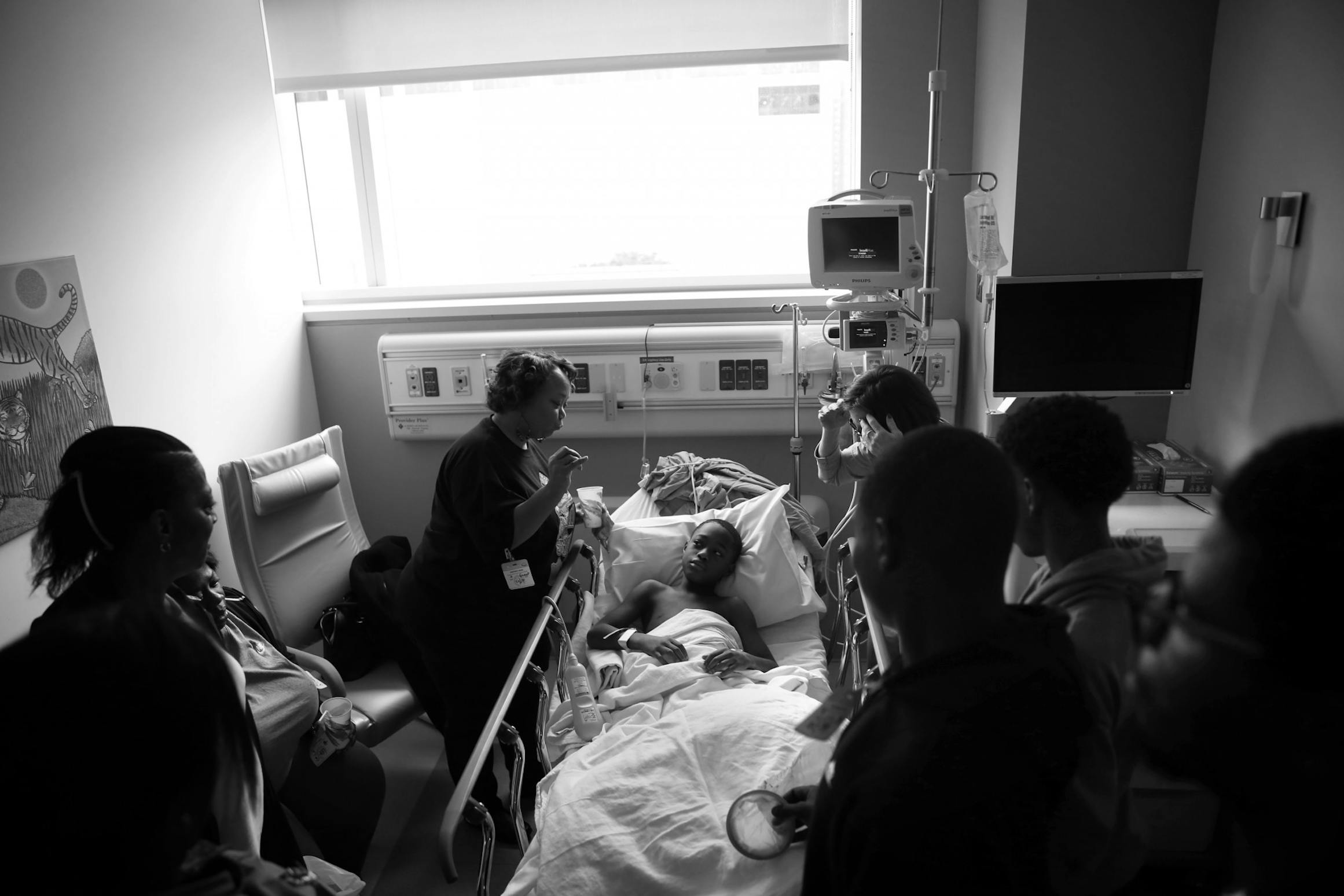
Courtesy Photo | Jason E. Wambsgans and the Chicago Tribune.
Much of Wambsgans' photographic voice comes from his artistic background – he majored in art and broadcast and cinematic arts at CMU. It wasn't until he began to take photos for CM Life that he was introduced to photojournalism.
"(CM Life) was just this welcoming, supportive environment that showed me that this was something I could do," he said. "The idea that I could take a camera and it would allow me to transcend my own shyness and insecurities and explore the world really opened up the possibilities for me."
Capturing the Flint water crisis
For Jake May, photojournalism is all about building relationships. That's how he was able to capture the stories of those affected by the Flint water crisis, earning him a spot as a 2017 Pulitzer finalist for feature photography.
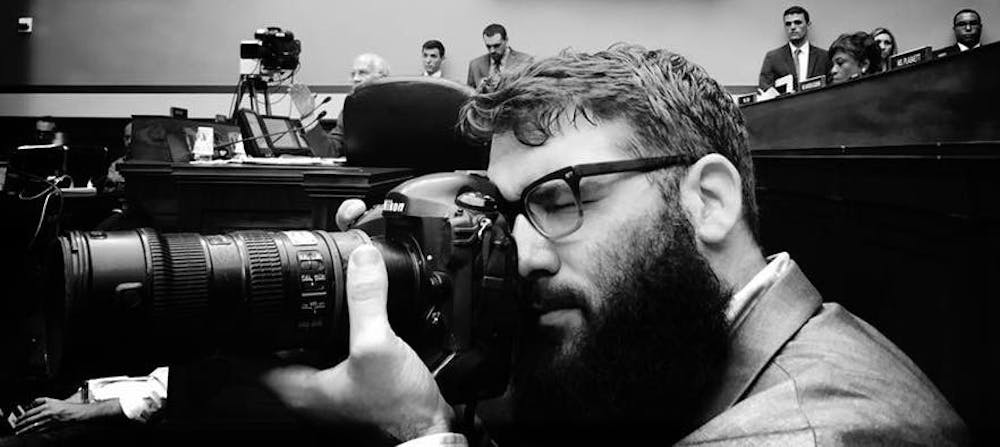
Former photo editor Jake May photographs a congressional hearing regarding the Flint water crisis in front of the U.S. House Committee on Government Oversight and Reform at the Rayburn House Office Building on Thursday, March 17, 2016 in Washington D.C.
May was part of the MLive.com/The Flint Journal team that was at the forefront of covering the water crisis since 2014. Although the water crisis eventually received coverage from national news outlets, May said he believes what set him apart from other photojournalists was a commitment to gain the trust of Flint residents.

Courtesy Photo | MLive/Flint Journal
"I was at the protests when there were 10 or 15 people. People knew us and trusted us," he said. "They knew I didn’t just fly in from out-of-state for this, so they gave me the access to their stories.
"I’m thankful to tell Flint stories every day, but more importantly at the time when it's needed most. My purpose as a journalist is to document history on the frontline, but I also think we were able to help a lot of people, too."
Although May took thousands of photos over the duration of the water crisis, it was a select 15 images that earned him a spot as a finalist. The powerful photos depict the stories of a city grappling with water contamination, and residents who felt betrayed by government leaders who failed to take responsibility for the crisis.
"A lot of stories we tell are about individuals," May said, "but when you’re telling the story of 100,000 people of a city, you have to tackle it with constant drive; constantly pushing to make people see that its not just a one-person problem."

Courtesy Photo | MLive/Flint Journal
Despite his name being recognized as a Pulitzer finalist, May said the coverage of the Flint water crisis was a team effort by the entire staff of The Flint Journal.
"My name may be on the Pulitzer finalist, but it was a massive team effort," he said.
May, who was editor-in-chief of CM Life in 2007, attributes his ability to collaborate to his time working in student media.
"The people you work alongside at CM Life are the people that will push you throughout your careers," he said. "No matter where you end up, those are the people that will hold you accountable and push you to be your best."
Pulitzer awarded to international investigation
It's not often that journalists are given the unique opportunity to participate in an international operation involving reporters around the world. Karen Johnson, a 1994 alumna, was part of a team that was awarded a Pulitzer Prize for its investigative efforts.
The “Panama Papers” was a series of stories published in 2016 that used the collaboration of more than 300 reporters on six continents to expose the hidden infrastructure and global scale of offshore tax havens. The investigation was led by the International Consortium of Investigation Journalists, which enlisted the help of the Washington-based McClatchy Company among other newspapers around the world.
Johnson was an editor at the McClatchy Company at the time, and she was one of several journalists in the newsroom that took part in the secretive, year-long investigation.
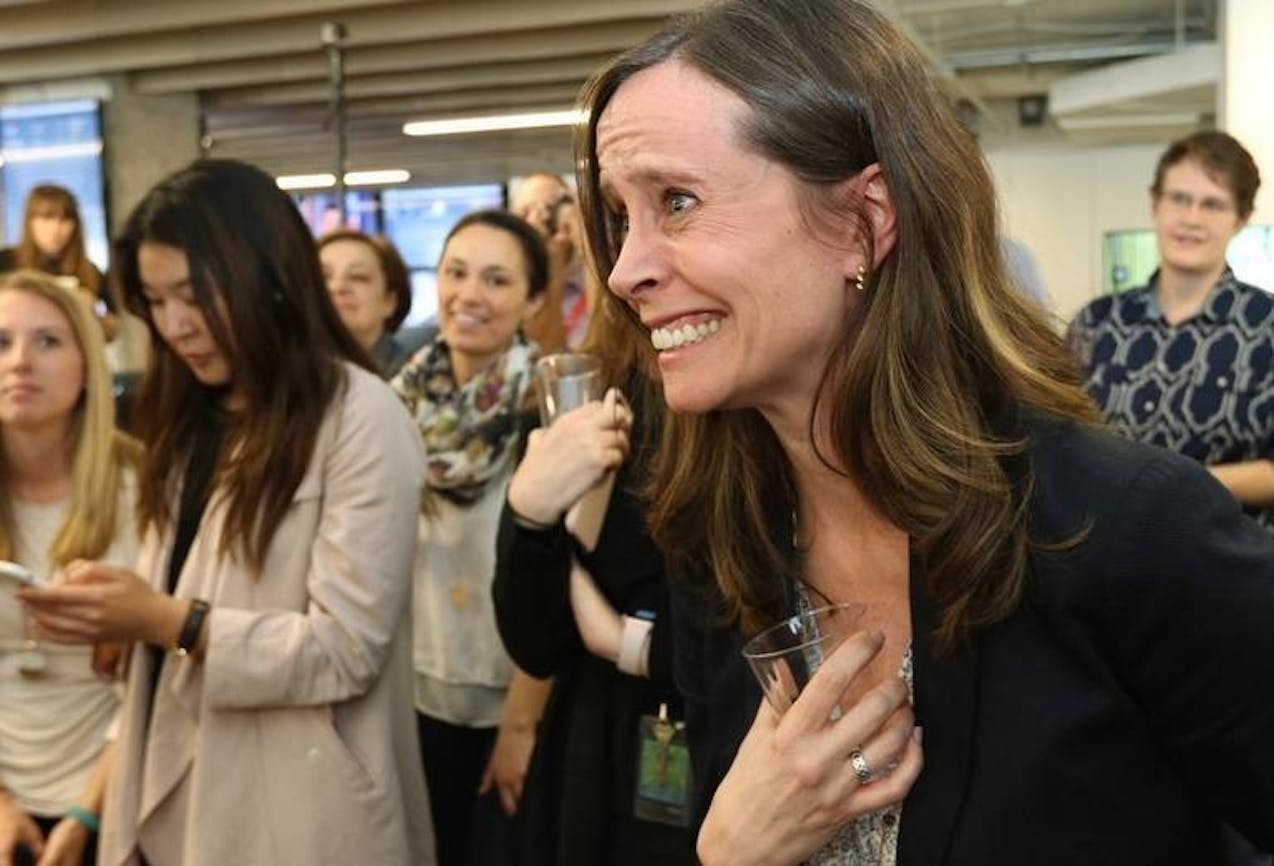
Karen Johnson gets word about winning a Pulitzer.
“We weren’t allowed to talk to anybody about these stories, even within our own newsrooms,” she recalled. “We couldn’t talk to reporters or editors who weren’t on the project. Nobody even knew it was about offshore money. We were sworn into secrecy.”
Winning a Pulitzer was "never on her radar" when she graduated from CMU, Johnson said. She attributes her success to CM Life and CMU journalism faculty, who helped her build the foundations that have helped her throughout her career.
"I think that all students who come from CM Life know they’re being trained by people who do big work, and your hope is that you go on and make a difference and do great work," Johnson said. "The experience I got there was wonderful and I hope that as CM Life hits its century mark that students everywhere are realizing what a great tradition it is."
Covering the Pulse nightclub shooting
David Harris, a 2008 alumnus, was part of the Orlando Sentinel team that was named a finalist for breaking news reporting in 2017 for coverage of the mass shooting in the Pulse nightclub, a massacre that left 49 people dead on June 12, 2016.
The newspaper’s coverage included breaking news reports on the night of the shooting, as well as subsequent stories about eye-witness reports and the shooting’s impact on the Orlando community.
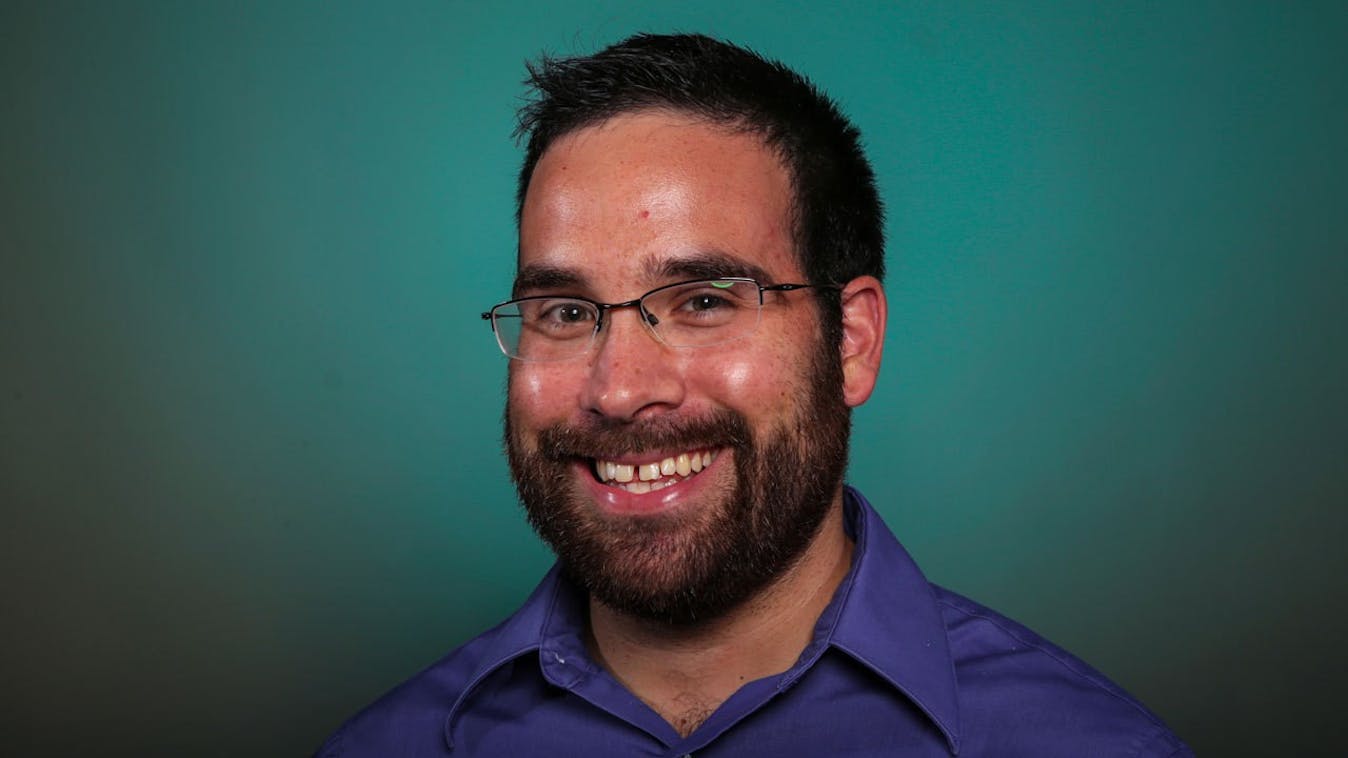
David Harris
Aside from the newspaper’s immediate reporting that day, Harris said what he believes the newspaper did best following the tragic shooting was honoring the victims by telling their stories. The Sentinel put together a news obituary for all 49 victims within 48 hours of the shooting, which Harris said allowed the community to learn who the victims were.
“We didn’t want them to just be a victim of the mass shootings, we wanted to tell people who they were and what they liked and what they wanted to do,” he said. “It was important for us to tell those stories.”
The mass shooting received coverage from national news outlets, but Harris said the Orlando Sentinel took a community-oriented approach to its coverage. It published an editorial on the front page of Monday’s edition the day after the shooting about how the community can be strong after the tragic event.
“I think that helped the community heal,” he said. “It helped bring the city together.”
The Pulse shooting coverage was an “all-hands-on-deck” operation by the newsroom of more the 80 staffers, Harris said.
“I was just a small part of a big operation,” he said.
Today, Harris is working as the newspaper's night editor. He said he still remembers his days at CM Life, where he was editor-in-chief in 2008.
“I’m just thankful for CM Life and the people that worked there that taught me the ropes so I could work my way up,” he said. “I go to work every day and try to do the best I can and work hard. Journalism is a community service in a kind of way. We make the public more informed, which makes the public a better place when they know what’s going on.”
Other former CM Life Pulitzer winners

Jason Tait
Jason Tait was part of The Eagle-Tribune staff that was awarded a Pulitzer in 2003 for its coverage of the accidental drowning of four boys in the Merrimack River in Lawrence, Massachusetts. Although the event was devastating for the Lawrence community, Tait said residents were still willing to share stories about the four boys, allowing the newspaper to pull together thorough coverage of the drowning.
"In this incident there were a lot of emotions for everyone involved, because you were dealing with small children who made a mistake," he said. "But The Eagle-Tribune is very well-established in that community, and people were willing to tell their stories."
Will Axford, a 2010 CMU graduate, was part of the Houston Chronicle staff that was a 2018 Pulitzer finalist for its breaking news reporting of Hurricane Harvey. The newspaper's coverage included real-time developments of the unprecedented scale of the disaster and provided crucial information to its community during the storm and its aftermath. In a Sept. 7, 2017 interview with CM Life, Axford said the coverage required quick-thinking from the reporters to get the information readers needed.
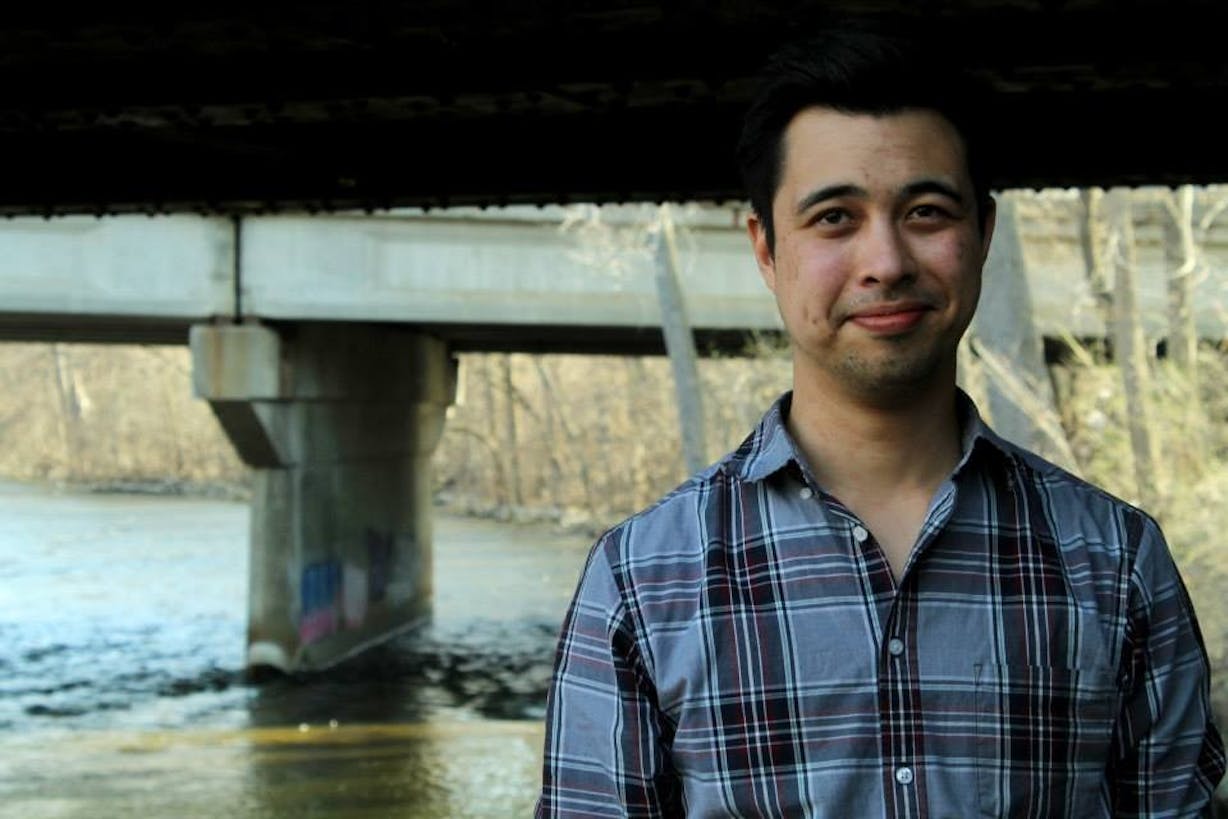
Will Axford
"Right when something comes up, you have to know who to call whether that’s calling police officers or public safety individuals," he said. "You have to think creatively: reach out to your sources on Facebook or Twitter, wherever you see (people) sending out messages. You have to keep on it and keep going until you get the information that readers need."
Two former CM Lifers, David C. Smith and William Serrin Jr., were members of the Detroit Free Press staff that was awarded a Pulitzer for its coverage of the Detroit riots of 1967. Smith and Serrin were both inducted into the CMU Journalism Hall of Fame and the Michigan Journalism Hall of Fame.
Serrin also taught journalism at New York University until his retirement in 2014. In 2018, he died of a heart attack at the age of 78 in his home in Boca Raton, Florida.
